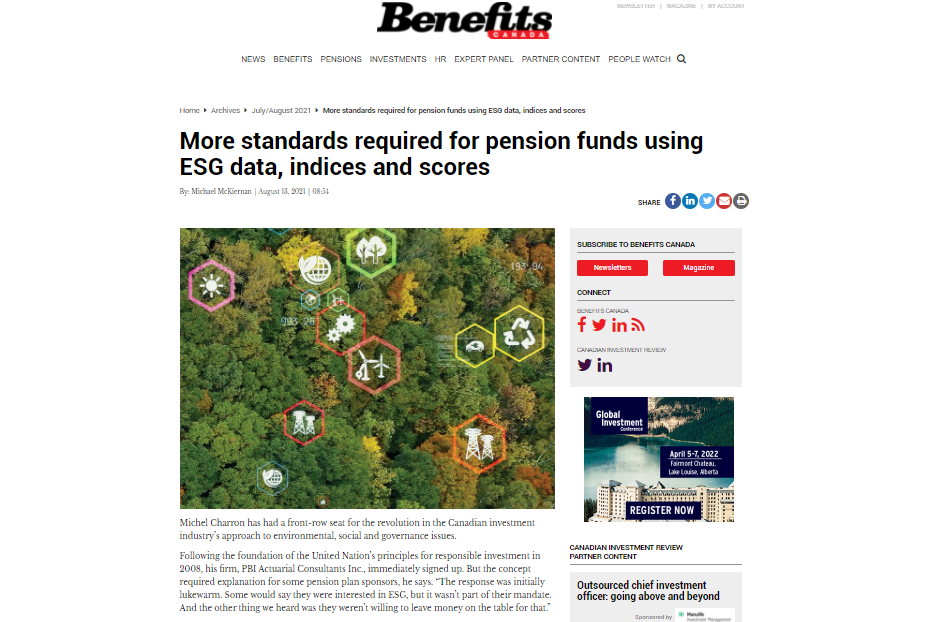For most of the post World War II period the government bond markets in the developed countries were very predictable. The rate of inflation was the most important factor in determining the level of interest rates and there was very little concern regarding default. For these countries the return on government bonds was considered to be a “risk-free” rate that was used as the basis for evaluating the returns in other assets classes. It was the developing countries that experienced defaults due to fiscal mismanagement and high inflation.
This has all changed in the past few years, with sovereign debt problems in countries such as Ireland, Iceland and Greece. The losses can be quite high with investors in Greek sovereign bonds losing 70% of their investment as a result of the restructuring deal. Is a similar deterioration underway today with other countries? How can an investor evaluate the creditworthiness of sovereign bonds?
It was long assumed that countries with low levels of debt to GDP were good credits. This has proven not to be adequate as the contingent liabilities must also be considered. These contingent liabilities include; the strength of the banking sector, pension commitments, and health care costs. Countries such as Ireland and Iceland who initially had very low levels of debt to GDP were forced to rescue their banking sector and assume crushing debt burdens. Demographics and generous social programs have crippled many countries in Europe, as promised payments are not supportable.
In using this approach to evaluating the sovereign bond market, it is the developing economies that are a better risk while the developed nations appear risky. Countries such as the United States and Japan continue to borrow and increase their debt levels, while paying record low interest rates. This is being driven by the fact that the U.S. market is still viewed as a safe haven despite quickly deteriorating debt levels and a political system that appears unable to arrive at a solution. Japan, a country virtually closed to immigration, has no plan to reduce its debt load but faces losing up to 40 million workers in the next 40 years due to the ageing of the population. On a fundamental level these countries look vulnerable going forward.
Canada is doing better than most countries in the developing world. The federal government continues to cut spending and is also starting to address the issues of contingent liabilities such as the Canada Pension Plan and health care transfers. As unpopular as it is, the current state of affairs requires that medical costs and pension benefits be controlled going forward. At the provincial level the debt levels are higher and will require controls on spending and possibly higher taxes going forward.
In summary the world of sovereign bonds requires a different method for evaluating credit risk. It is not just sufficient to look at current debt levels but also to closely examine the contingent liabilities that may someday result in higher levels of government debt. Governments that are taking a proactive approach to reducing debt and the contingent liabilities will avoid the type of “solution” that was required by the Greek government.
![For most of the post World War II period the government bond markets in the developed countries were very predictable. The rate of inflation was the most important factor in […]](https://pbiactuarial.ca/wp-content/uploads/2017/11/logo-full.png)



